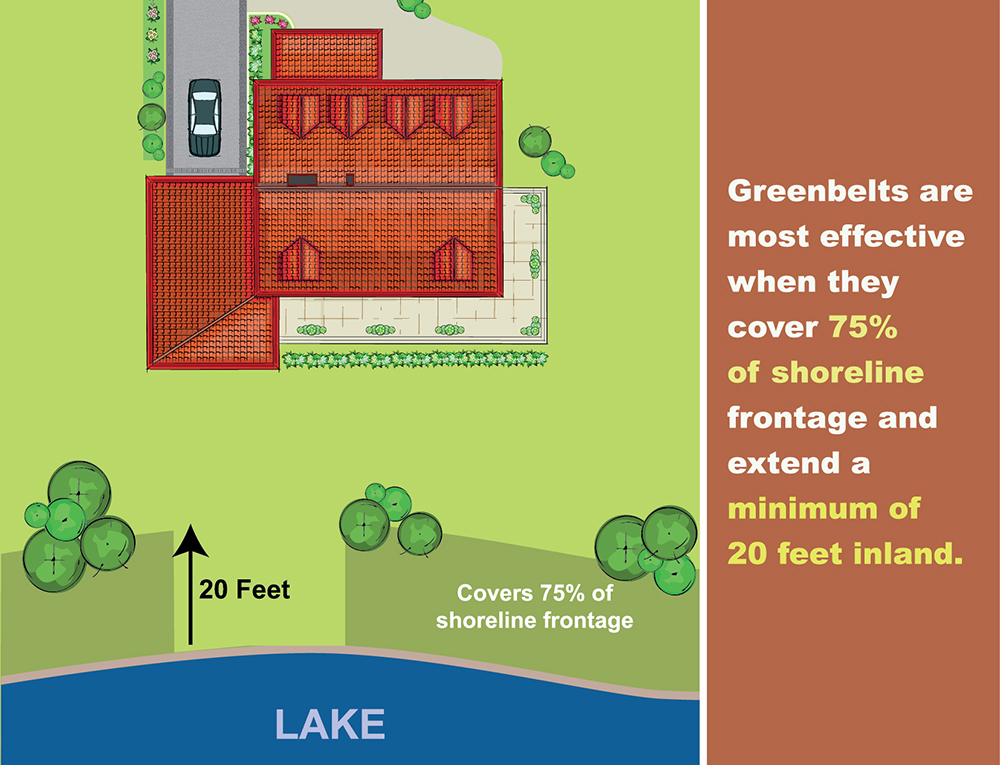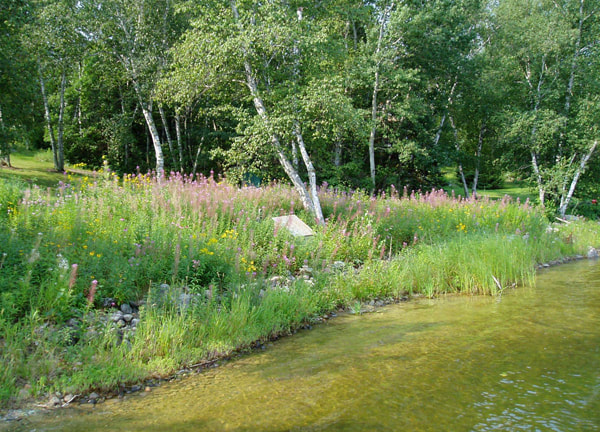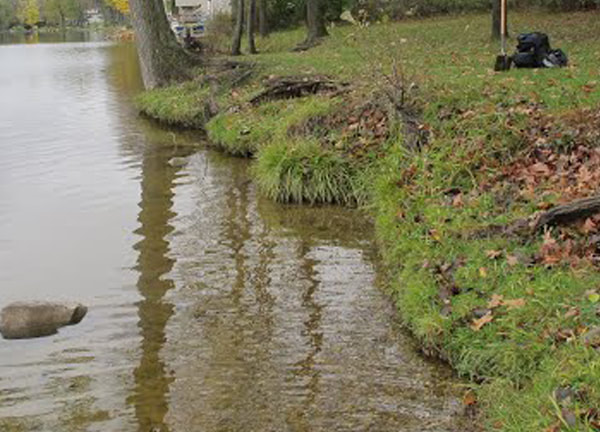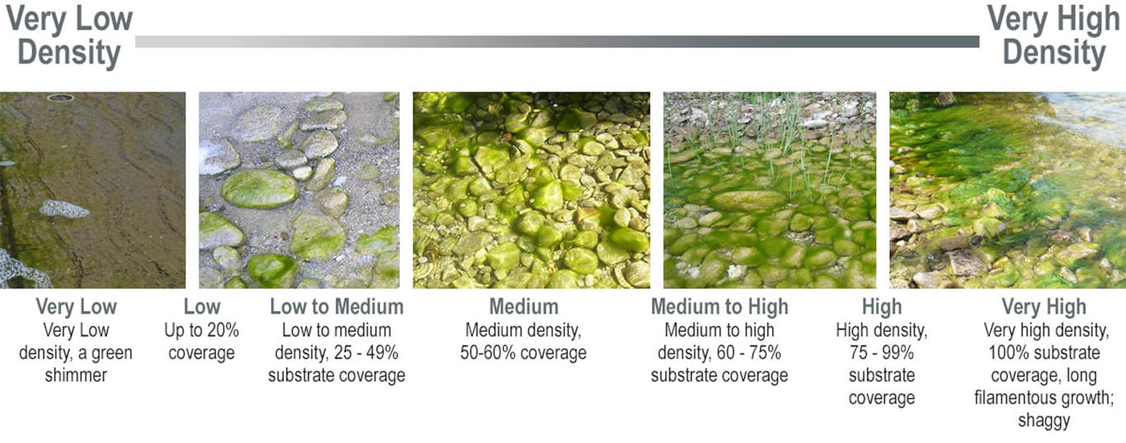Black Lake Survey
Welcome,
During the summer of 2017, the Tip of the Mitt Watershed Council partnered with Black Lake Association (BLA) to conduct a shoreline survey of Black Lake. The survey was meant to replicate a 2005 shoreline survey, documenting conditions that could impact water quality, including the three biggest threats to inland lakes: nutrient pollution, habitat loss, and shoreline erosion. Within the Black Lake Watershed, shoreline properties have a large connection to the surrounding landscape and can serve as the last line of defense for protecting water quality. Survey results indicate that human activity along Black Lake shoreline is likely impacting the lake ecosystem and water quality to some extent. Importantly, Black Lake water quality remains quite high. The purpose was to identify areas of the shoreline that can be enhanced to prevent nutrient pollution, erosion, increase fish habitat, and help protect Black Lake for future generations. Please visit the Michigan Shoreland Stewards (http://www.mishorelandstewards.org/) for more information on healthy lake practices along the shoreline.
To view individual results, please select your randomized shoreline number from the drop down in the "Shoreline ID" box of the map below (located in the corner). Your randomized number was provided in the mail. Results for greenbelt score, Cladophora density, and erosion will appear by hitting the green 'Apply.' button. A legend for each map layer is shown by clicking the arrow next to the checked layer. Scroll below the map for information on greenbelts, Cladophora, and erosion from the survey. Please do not hesitate to contact Black Lake Association (BLA) or Tip of the Mitt Watershed Council for more information.
Thank you and kind regards,
BLA and Tip of the Mitt Watershed Council
During the summer of 2017, the Tip of the Mitt Watershed Council partnered with Black Lake Association (BLA) to conduct a shoreline survey of Black Lake. The survey was meant to replicate a 2005 shoreline survey, documenting conditions that could impact water quality, including the three biggest threats to inland lakes: nutrient pollution, habitat loss, and shoreline erosion. Within the Black Lake Watershed, shoreline properties have a large connection to the surrounding landscape and can serve as the last line of defense for protecting water quality. Survey results indicate that human activity along Black Lake shoreline is likely impacting the lake ecosystem and water quality to some extent. Importantly, Black Lake water quality remains quite high. The purpose was to identify areas of the shoreline that can be enhanced to prevent nutrient pollution, erosion, increase fish habitat, and help protect Black Lake for future generations. Please visit the Michigan Shoreland Stewards (http://www.mishorelandstewards.org/) for more information on healthy lake practices along the shoreline.
To view individual results, please select your randomized shoreline number from the drop down in the "Shoreline ID" box of the map below (located in the corner). Your randomized number was provided in the mail. Results for greenbelt score, Cladophora density, and erosion will appear by hitting the green 'Apply.' button. A legend for each map layer is shown by clicking the arrow next to the checked layer. Scroll below the map for information on greenbelts, Cladophora, and erosion from the survey. Please do not hesitate to contact Black Lake Association (BLA) or Tip of the Mitt Watershed Council for more information.
Thank you and kind regards,
BLA and Tip of the Mitt Watershed Council
|
|
|
Erosion Severity
Erosion introduces sediments and excess nutrients attached to soil particles. An abnormal increase in sediments can clog the gills of fish, macroinvertebrates, and degrade habitat including fish spawning grounds. Increased nutrients can cause algal blooms that degrade lake water quality.
Erosion introduces sediments and excess nutrients attached to soil particles. An abnormal increase in sediments can clog the gills of fish, macroinvertebrates, and degrade habitat including fish spawning grounds. Increased nutrients can cause algal blooms that degrade lake water quality.
Cladophora Density
Cladophora is an algae that grows as a film and in later growth stages as filaments on hard substrate near the shoreline. Increased nutrients, such as phosphorus from failing septic systems, enhance Cladophora growth to abnormal levels. Monitoring Cladophora serves as a useful bio-indicator of changes to nutrient inputs near the shoreline.
Cladophora is an algae that grows as a film and in later growth stages as filaments on hard substrate near the shoreline. Increased nutrients, such as phosphorus from failing septic systems, enhance Cladophora growth to abnormal levels. Monitoring Cladophora serves as a useful bio-indicator of changes to nutrient inputs near the shoreline.
|
To improve your stewardship of Black Lake, visit the Michigan Shoreland Stewards (MiSS) website. The MiSS program provides recognition for lakefront property owners who are protecting inland lakes through best management practices on their property and provides recommendations for improving your shoreline.
www.mishorelandstewards.org |









